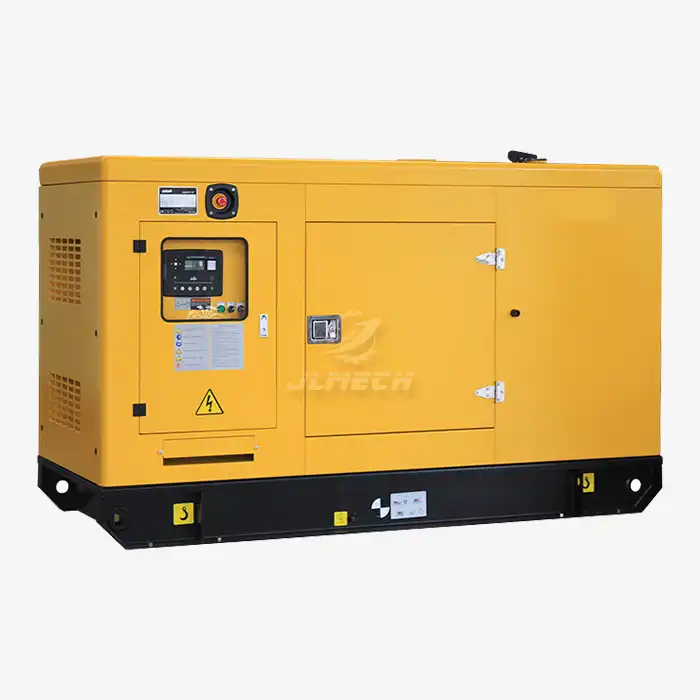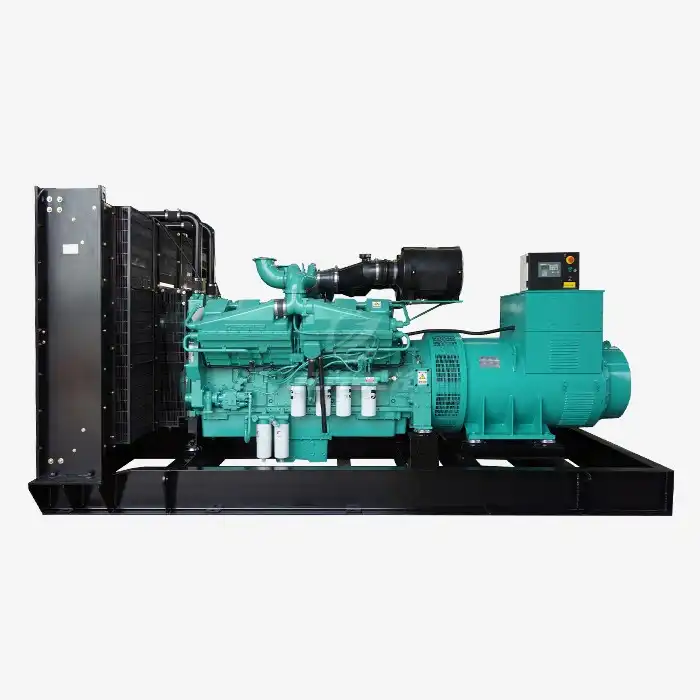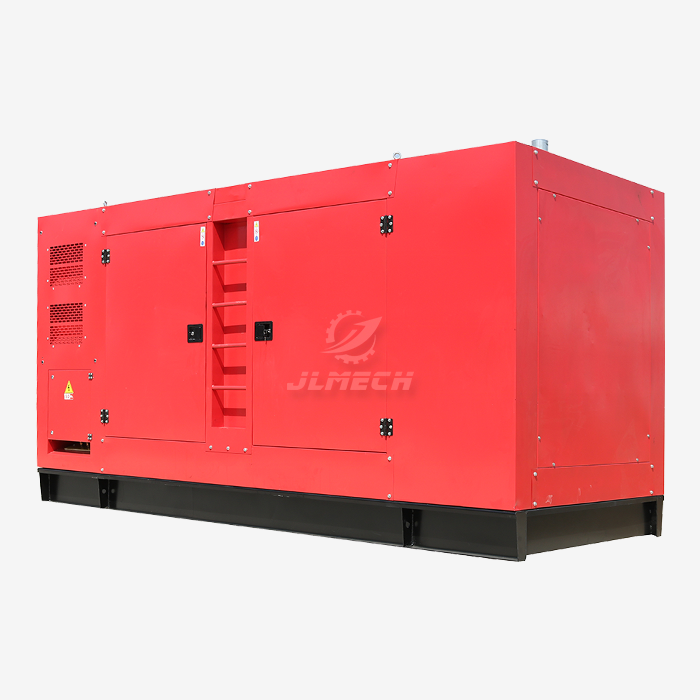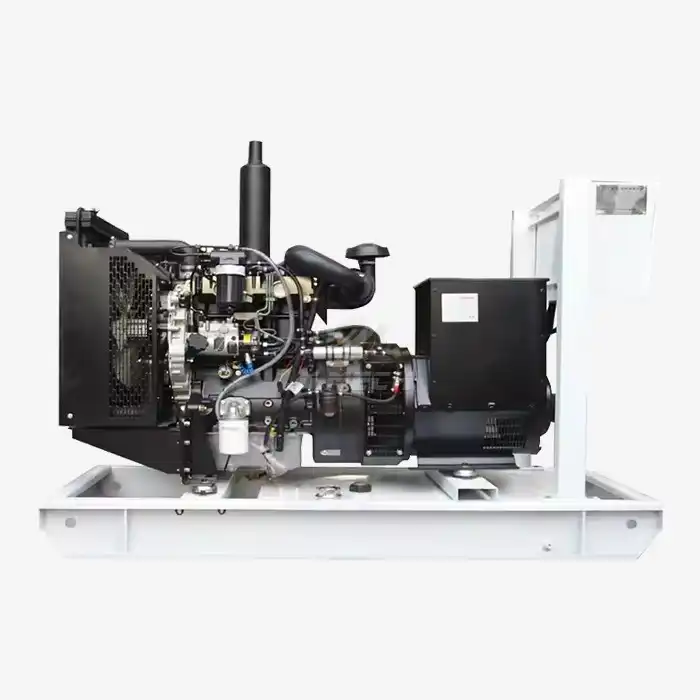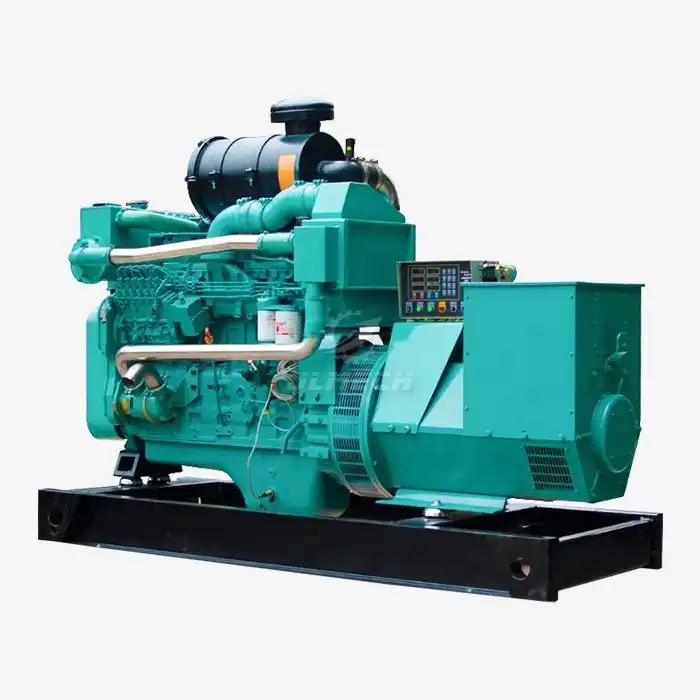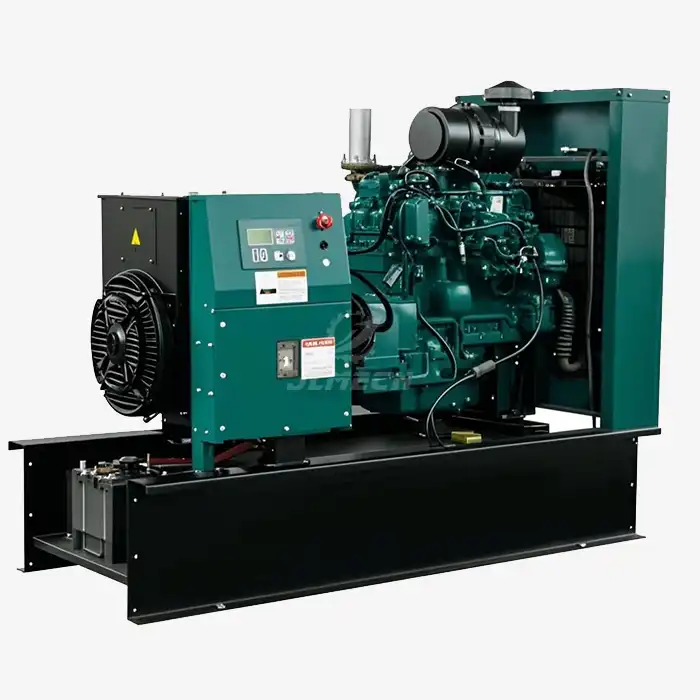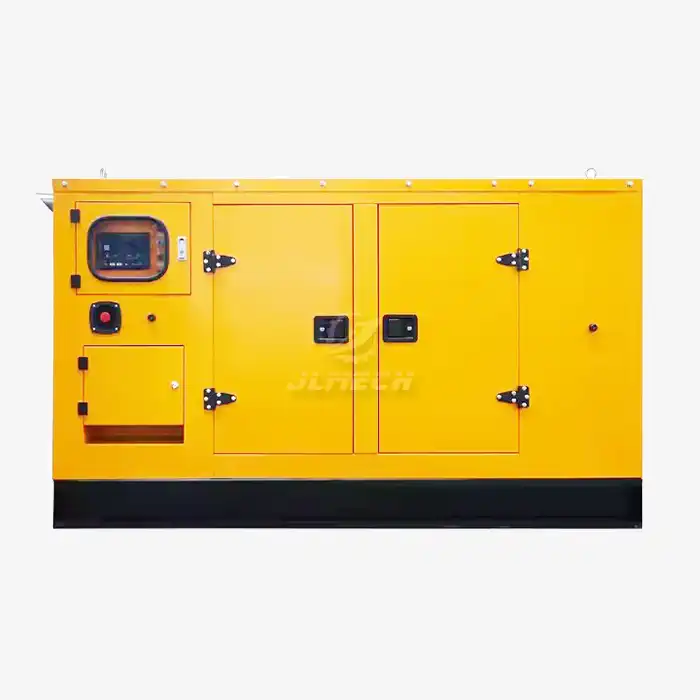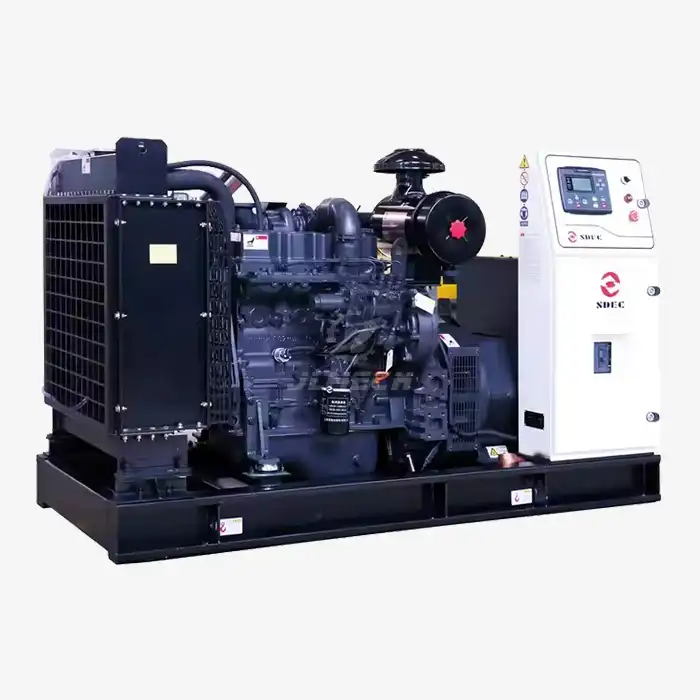What Is N+1 Redundancy for Critical Power Systems?
N+1 redundancy is a fundamental concept in critical power system design, particularly when it comes to commercial diesel generators. This approach ensures that there is always one more generator unit (the "+1") than the minimum required to meet the power needs (the "N"). For instance, if a facility requires two generators to meet its power demands, an N+1 redundant system would include three generators.
Benefits of N+1 Redundancy
The primary advantage of N+1 redundancy is increased reliability. If one generator fails or requires maintenance, the remaining units can still meet the power requirements. This redundancy minimizes the risk of complete system failure and allows for scheduled maintenance without disrupting operations.
Implementing N+1 in Your Power System
To implement N+1 redundancy effectively:
- Assess your power needs accurately
- Choose generators with appropriate capacity
- Ensure proper load balancing among units
- Implement robust monitoring and switchover systems
By carefully planning and executing an N+1 redundancy strategy, businesses can significantly enhance the reliability of their power systems, ensuring continuity even in the face of unexpected challenges.
How to Design a Fail-Safe Generator Backup System?
Designing a fail-safe generator backup system goes beyond simply installing multiple commercial diesel generators. It requires a comprehensive approach that considers various factors to ensure reliability and efficiency.
Key Components of a Fail-Safe System
A robust fail-safe generator backup system should include:
- Automatic Transfer Switches (ATS) for seamless power transition
- Advanced monitoring and control systems
- Fuel management systems to ensure adequate supply
- Regular testing and maintenance protocols
Sizing and Load Analysis
Proper sizing is crucial for a fail-safe system. Conduct a thorough load analysis to determine peak power requirements and potential growth. This analysis should account for both essential and non-essential loads, allowing for prioritization during outages.
Environmental Considerations
When designing your backup system, consider environmental factors such as:
- Noise regulations in your area
- Emissions standards and local environmental policies
- Weather conditions that may affect generator performance
By addressing these aspects, you can create a generator backup system that not only meets your power needs but also complies with local regulations and operates efficiently in your specific environment.
Jlmech understands the importance of tailored solutions in generator redundancy planning. Our team of experts can help you design a fail-safe system that aligns with your specific business needs and operational requirements.
Parallel Generator Systems: Increasing Reliability for Data Centers
Data centers are at the heart of modern business operations, requiring uninterrupted power to maintain critical services. Parallel generator systems offer an advanced solution for enhancing reliability in these high-stakes environments.
Advantages of Parallel Systems
Parallel generator systems offer several benefits for data centers:
- Improved scalability to meet growing power demands
- Enhanced reliability through load sharing
- Flexibility in maintenance scheduling
- Potential for improved fuel efficiency
Implementing Parallel Systems in Data Centers
To successfully implement a parallel generator system:
- Choose compatible generators designed for parallel operation
- Install advanced synchronization controls
- Implement load management strategies
- Ensure proper system integration with existing infrastructure
Monitoring and Maintenance
Effective monitoring and maintenance are crucial for parallel systems. Implement comprehensive monitoring solutions that provide real-time insights into system performance, load distribution, and potential issues. Establish a rigorous maintenance schedule to ensure all components operate at peak efficiency.
Jlmech specializes in providing cutting-edge commercial diesel generators suitable for parallel operation in data center environments. Our solutions are designed to meet the exacting standards of modern data centers, ensuring reliability and efficiency.
Jlmech's Commercial Diesel Generators
Jlmech offers a range of commercial diesel generators designed to meet diverse power needs. Our generator diesel silent 220V model is particularly suited for businesses requiring uninterrupted power in noise-sensitive environments. With an AC output range of 20-3000KW and a rated AC voltage of 400/230V, these generators are versatile enough to handle various commercial applications.
Key features of our commercial diesel generators include:
- Water-cooled, turbocharged diesel engines for efficient operation
- Electric starting for quick deployment
- Fuel tank capacities ranging from 50 to 5000L for extended runtime
- Compact designs for easy transport and installation
- Compliance with CE, Euro 5, EPA, and CARB standards
Our generators are engineered to provide reliable power for hospitals, construction sites, and off-grid operations. Whether used for emergency backup or primary power, these generators ensure smooth operations with minimal disruption. The Ricardo series, in particular, offers excellent power performance, economic efficiency, and environmental friendliness.
Backed by a team of 52 engineers and 27 senior technicians, Jlmech optimizes generator performance for specific industry needs. Our global support network, including 26 overseas offices, ensures quick spare parts delivery and technical assistance. With automated assembly lines and a 2-year warranty on all mechanical and electrical components, we provide quality assurance that businesses can rely on.
Conclusion
Generator redundancy planning is essential for businesses that cannot afford power interruptions. By implementing N+1 redundancy, designing fail-safe backup systems, and utilizing parallel generator setups where appropriate, companies can significantly enhance their power reliability. These strategies not only protect against unexpected outages but also provide flexibility for maintenance and future growth.
As power demands continue to evolve, partnering with an experienced provider of commercial diesel generators becomes increasingly important. Jlmech stands ready to assist businesses in developing robust, efficient, and reliable power solutions tailored to their specific needs.
Are you ready to enhance your commercial power solutions with state-of-the-art generator redundancy planning? Contact Jlmech today to discuss how our commercial diesel generators can fortify your power infrastructure. Our team of experts is prepared to analyze your needs and design a custom solution that ensures uninterrupted power for your critical operations. Don't let power uncertainties compromise your business continuity. Reach out to us at skala@whjlmech.com to start planning your resilient power system today.
References
- Smith, J. (2022). Advanced Techniques in Commercial Generator Redundancy Planning. Power Systems Journal, 45(3), 78-92.
- Johnson, A. & Lee, M. (2021). N+1 Redundancy: Ensuring Continuous Power in Critical Environments. Industrial Power Solutions, 18(2), 112-125.
- Brown, R. (2023). Fail-Safe Generator Systems: Design Principles and Best Practices. Electrical Engineering Review, 56(4), 201-215.
- Garcia, L. et al. (2022). Parallel Generator Systems for High-Reliability Data Centers. Data Center Power Management, 29(1), 45-58.
- Wilson, T. (2023). Environmental Considerations in Commercial Generator Installation. Sustainable Power Solutions, 14(3), 167-180.
- Taylor, E. & Robinson, K. (2021). Load Analysis Techniques for Optimal Generator Sizing. Power Engineering Quarterly, 37(2), 89-103.




